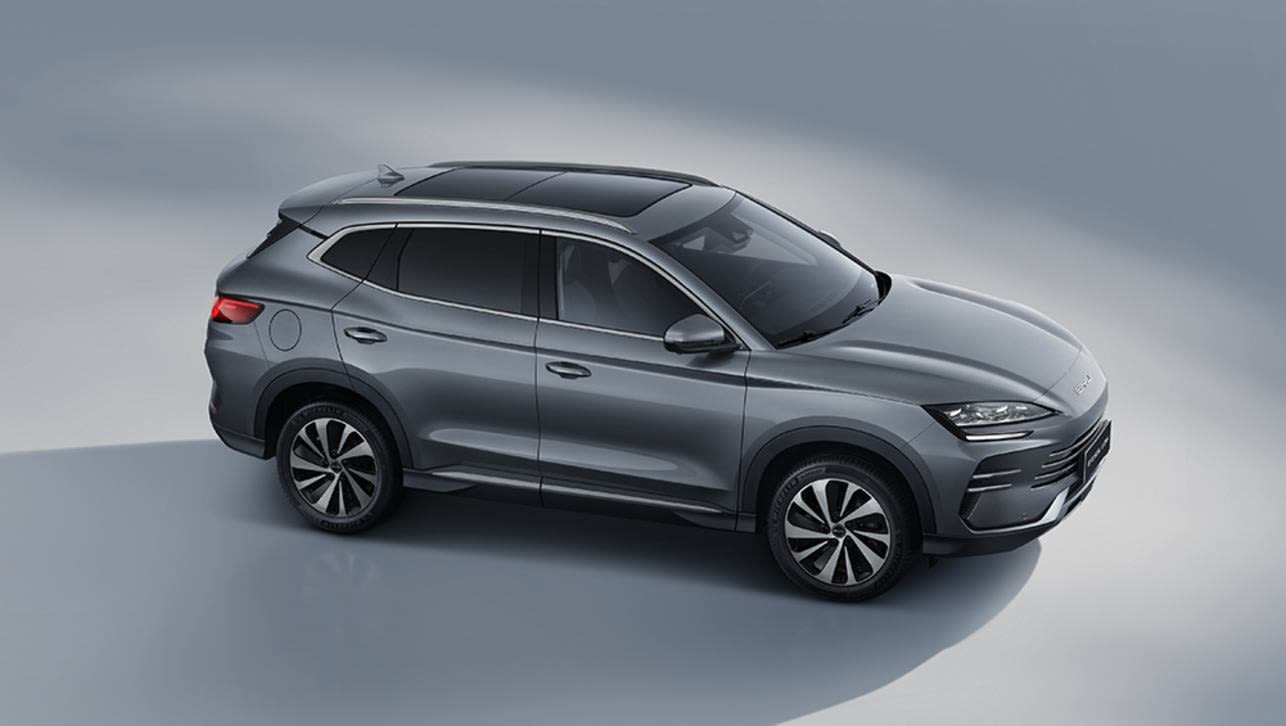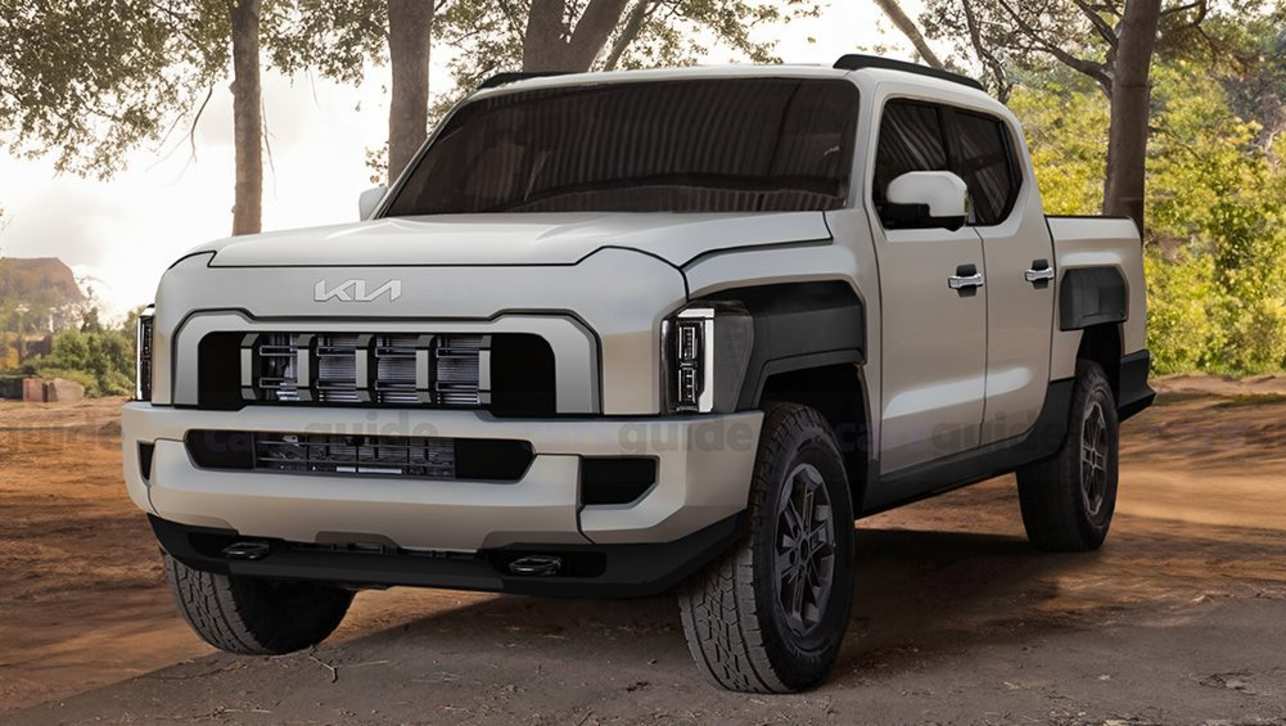It can suck being a right-hand drive (RHD) market in a left-hand drive (LHD) world.
With globalisation creating one great big universal village, we’re miffed that Australia still misses out on some terrific models. When asked why, most carmakers blame the cost of re-engineering LHD to RHD, saying it does not making economic sense.
Which is a valid point. Since fewer than 30 per cent of the world’s population drive on the left side of the road like Australia, the extra development costs – including creating and testing unique interior and mechanical components – can run well into the hundreds of millions of dollars.
With only a few big RHD markets – namely the UK, Japan, India and Australia – often there just aren’t enough buyers to justify the expense. The return on investment just doesn’t add up.
Consider the Ford Bronco. Be it the beefy Jeep Wrangler-esque 4WD or more urbane Sport, both would have the style, capability, attitude and recognition to rattle Toyota’s RAV4, Prado and LandCruiser in Australia – if only the Blue Oval would roll the dice. Massive demand in North America supports this supposition.
The same also applies to this year’s runaway smash-hit Ford Maverick pick-up. Yet Ford reckons it cannot make a business case to work based on RHD-market projections. Whatever happened to fortune favouring the brave?
But what if carmakers didn’t have to bother with risky RHD business cases anymore? What if all the Australian states and territories relaxed their regulations and allowed new LHD vehicles to be completely registrable?
Currently, this is not possible in the eastern states unless a vehicle is at least 25 years old, depending on the region; in the west it’s 15 years old, while South Australia and Tasmania allow new LHD cars, but with restrictions. Only the Northern Territory complies unconditionally. As has the UK, for decades.
When Australia still designed, engineered and built cars, it made sense to protect the industry and jobs by limiting competition – and that included the banning of cheap imported LHD models. But when local volume manufacturing ceased in 2017, that no longer applied.
So, short of doing a Sweden in 1967 (where the nation unilaterally switched from driving on the left to the right side of the road at 5am on September 3 that year), here are the reasons why Australia should let new LHD vehicles in.
Greater choice for consumers
.jpg)
This one’s a no-brainer. The list of enticing new vehicles is long.
We’ve already mentioned the Broncos and Maverick by Ford, as well as the Lincoln Navigator, GMC Sierra and Cadillac Escalade if gross Americana is your cup of tea. These are all part of an armada of ex-factory trucks and SUVs that are famously out of bounds for Australians.
However, there is also a heap of other LHD-only models from non-American brands that we probably won't get to see in the near future, including the Subaru Ascent, Subaru Legacy, Mazda CX-50, Honda’s Acura Integra, Honda Ridgeline, Kia Telluride, Hyundai Santa Cruz, Nissan Titan, Toyota Sequoia, Toyota Sienna, Toyota Venza and Volkswagen Atlas. All are primarily North American-market focused.
Let’s not forget the endless roll call of niche grades as well, such as those from BMW’s M Division and Mercedes’ AMG stable, to more mundane stuff like the Mazda3 Turbo and CX-30 Turbo AWD we’re denied.
Lower prices for some models
.jpg)
A Chevrolet Silverado LTZ Premium starts from $121,000 in Australia, while in the USA, the same vehicle kicks off from $US51,800. Converted to Aussie dollars, that’s still only $80,250. What about the other $40K then?
Most of that is because of the costs associated with converting LHD vehicles to RHD in Australia. The same applies to the Ram and most likely the Ford F-150 and Toyota Tundra when they land during 2023. Eliminate that expense and consumers might be rewarded with cheaper big American trucks.
It’s also conceivable that, of all the vehicle groups, drivers of oversized pick-ups like the Silverado might find a LHD truck in Australia may feel even more American and therefore legitimate, than one of the local conversions.
That all said, note that the Australian LHD-to-RHD conversions are often palpably better put back together than the original product, with extra care and attention to detail, that goes some way in justifying the higher prices.
Litmus test for manufacturers
.jpg)
Which might actually benefit the Australian LHD-to-RHD converters.
Not committing to the immense expense of developing and tooling up for RHD production and instead using lax LHD regulations to gauge consumer response to a new model would be a boon for carmakers. For better or for worse, if said model tanks in the market.
But what if demand becomes strong – strong enough to encourage carmakers reluctant to shell out extra to factory-build RHD to instead seek local conversion partnerships, knowing there’s a ready market for said model in Australia? This could really help fuel a growing cottage industry in this country.
The practicality benefits of LHD
.jpg)
If you’ve lived with a historic LHD vintage or classic car in Australia, you might discover there are advantages to having the steering wheel on the curb side, including when parking or manoeuvring in certain situations.
Additionally, some vehicles drive better in the configuration they were designed to be in from the beginning, in terms of ergonomics and man-machine interface (we’re looking at you, Italy), while others are simply better packaged due to fewer compromises required when re-engineering for RHD.
Cheaper in the used-car market
.jpg)
Not only might a LHD model cost less when new, it’s likely that – given the niche appeal of the steering wheel being on the wrong side of the car – used LHD vehicles will depreciate faster than their RHD counterparts.
Now, while this would be a disadvantage for the first owner, it’s a boon for second-hand buyers seeking a bargain – particularly in times like today, where prices for good used runabouts have skyrocketed.
This has been the case historically in the UK, but only for mainstream fodder that found their way up there from Europe. In some cases, more specialised LHD models are actually worth more than their RHD counterparts.
Cool factor
.jpg)
As many classic car owners will tell you, driving down the highway in a left-hooker is just way cooler than if the steering wheel is on the right, especially if it’s an American muscle car or boulevard cruiser.
In Japan, which also allows for new LHD vehicle ownership, buyers actively seek a LHD version of models already available in RHD just because they stand out.
Increased supply
.jpg)
In these times of limited supply and waiting lists that stretch into years for some exceptionally popular models like the latest LandCruiser SUV, there’s merit in offering Australians more choice by simply increasing sourcing options.
So, for instance, if Japan and the UK are soaking up the lion’s share of RHD RAV4 Hybrid e-Four production, for instance, there might be a scenario where there may be excess LHD production that could be diverted to Australia.
Technology has eliminated some past ownership hurdles
.jpg)
In some RHD countries where LHD vehicles are allowed, drivers have complained that paying for toll roads or grabbing a parking ticket is a chore if you need to interact with a kiosk from the driver’s seat.
That was true in the past, but now, with technology scanning your numberplate over motorway gantries and charging you electronically, you’re less likely to have to lean across a passenger seat to reach a ticket booth.
And as for fast-food drive-thru windows? Our advice is to do yourself a favour and avoid junk food in the first place.
Note, too, that front cross-traffic alerts, blind-spot monitors and lane-assist tech takes some of the guess work out of driving in any situation, and that’s especially relevant when your seating position on the left-hand side presents unique challenges when driving a LHD vehicle in Australia.
That said, we strongly recommend full concentration at all times when behind the wheel of any vehicle.
Do you agree that Australia should open up the market to new LHD vehicles? Let us know in the comments below.











.jpg)
.jpg)
.jpg)
.jpg)
.jpg)



.jpg)
.jpg)

.jpg)
.jpg)
.jpg)
.jpg)





Comments